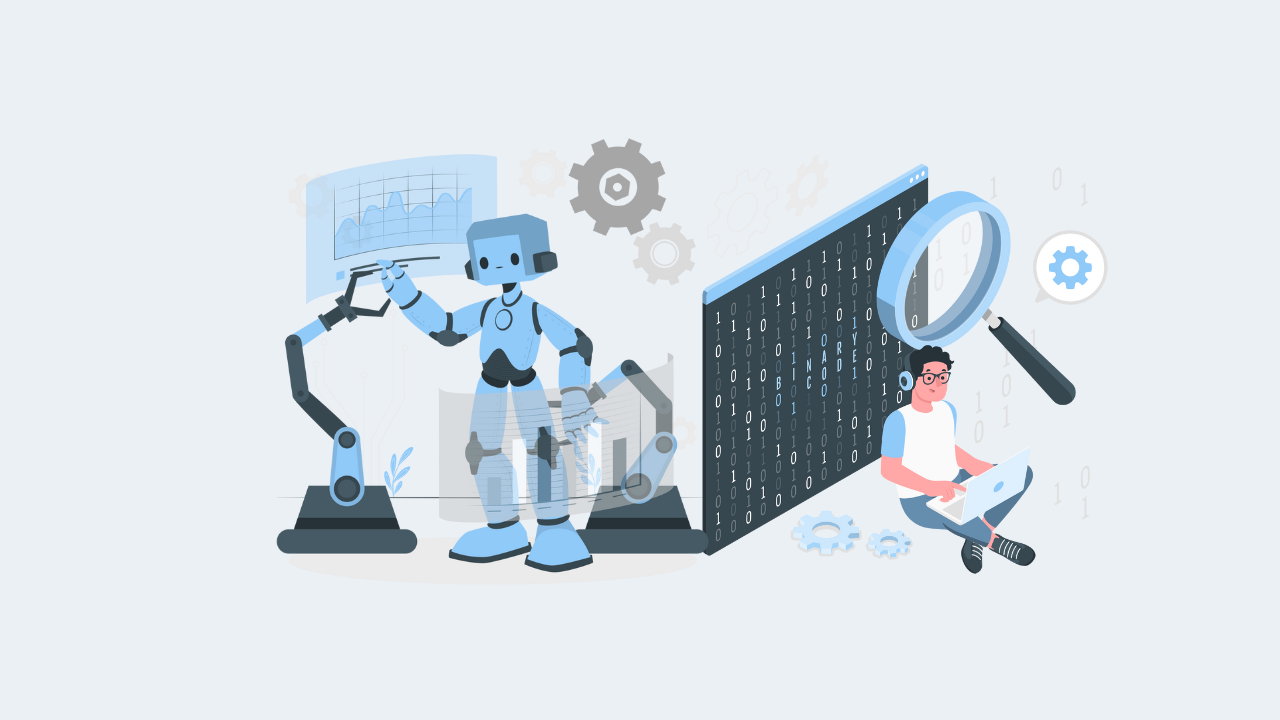
4 Best Programming Languages For Robotics You Should Learn
Mar 18, 2025 6 Min Read 21314 Views
(Last Updated)
Robotics and AI have long attracted people’s curiosity with a promise of an advanced future. In Robotics, the first and most crucial step would be to learn about the Best Programming Languages for Robotics.
Unlike humans, robots want us to specifically code in a robot programming language so that they understand our commands and functions accordingly. Popular programming languages for robotics include Python, C++, and Java.
Python is pretty beginner-friendly due to its simplicity. C++ is often considered the best robot programming language given its superior performance and control.
Java is also a popular choice for its cross-platform compatibility, while languages like Pascal are considered obsolete robot languages in the coder community.
Which one to choose to get started with Robotics? Let us tell you!
When it comes to choosing the best coding language for robots, you need to keep in mind various factors like processing speed, development costs, syntax, the presence of compatible libraries, and platform compatibility. The ability to interact with low-level devices should be the prime focus.
In this blog, you can find the best beginner robotics programming languages, what makes them the best, and many more interesting facts about the programming languages for Robotics. Let’s get started!
Table of contents
- Best Robotics Programming Languages You Should Learn
- C/C++
- Python
- C#/.NET
- JAVA
- Learning Robotics Programming
- Setting Up a Robotics Programming Environment
- Learning the Basics of Robotics Programming
- To Conclude
- FAQs
- What programming language is used for robotics?
- What programming language is best for robotics?
- How to learn robotics?
- 4. Is learning robotics difficult?
- 5. How to choose the best robot programming language?
Best Robotics Programming Languages You Should Learn
Best robotics programming languages include C/C++, Python, Java, and C#.
C++ provides better control and performance. It trumps processing and low-level programming compatibility. While Java supports cross-platform compatibility.
Similarly, Python is popular for simple syntax and machine learning applications. It also allows better prototyping, machine learning dynamics, and time efficiency. Let’s discuss all of them in detail.
Following are the top programming languages for robotics and the reasons why you should learn them.
1. C/C++
C++ and C are considered one of the best robot languages as they allow interaction with low-level hardware to build responsive robots.
It is a general-purpose programming language that enables coders to access multiple libraries, perform object-oriented programming, and along with frameworks for high performance and real-time responses in robots.
C++ can easily perform and act upon complex algorithm inputs, which allows users to develop controls, dictate motions of the robot, work on internal networking, and image processing, and build sensory intelligence among many other key robot functions.
The language is pretty efficient and mature, despite some complexity in coding and syntax. The biggest advantage of C++ is the processing speed it provides above any other programming language.
You can use C when you need to take cognizance of memory, otherwise, C++ is great to build robots when memory isn’t the main concern.
2. Python
Python is an extremely popular language to learn robotics because of its ease of syntax and its machine-learning capabilities. It’s a fine object-oriented programming language that provides an upper hand for AI applications and image processing.
Python is a great programming language when you wish to develop applications or functions faster. You can easily implement them to test the individual functions of the robot you just developed.
Although Python can’t be used to develop software and hardware level functions because of its slower processing speeds, it’s a great robotics programing language for saving development time. It’s an interpreted language that doesn’t require code assembling, thus enabling real-time testing.
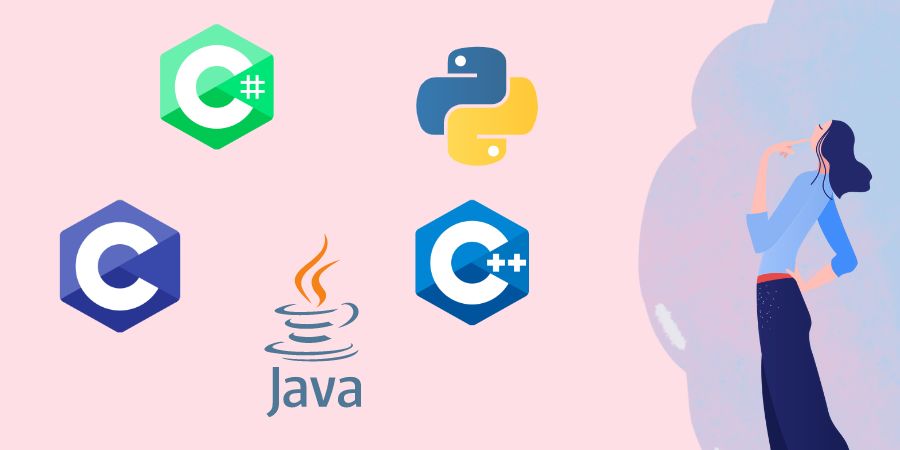
3. C#/.NET
Microsoft C# and .NET are specified robot programming languages that are used in the Microsoft Robotics Developer Studio.
They are great proprietary languages that allow the implementation of neural network programming in robots as they are used at the port and socket level programming.
These languages allow the developers supreme control over robot programming. C# has unparalleled extensive robotics-focussed libraries and restriction-free development experience due to highly permissive licenses.
These features are the reason why modern developers consider C# and .NET among the must-learn programming language for robotics.
4. JAVA
Java has been one of the most reliable and scalable programming languages for robotics. It is a great choice for building applications, software, and complex programs because of its platform, device, and OS neutrality.
Having said that, Java isn’t the first choice for robotics because of the high operating costs of Java libraries, slow processing speeds, and complex syntax rules.
Still, Java presents some unmatched advantages in robotics. One can introduce speech detection and language detection in your robot using the interface provided by Java Speech API (JSAPI).
You can also invoke visual feedback from the robot using the Computer Vision API of Java. Additionally, Java has a vast collection of tailor-made AI APIs to provide extensive robotics assistance.
Java also makes neural processing and executing machine learning algorithms efficient. Java Virtual Machine also allows developers to reduce the overall development time by allowing them to reuse the same code on various machines.
Learning Robotics Programming
Learning about the best robot programming language is just the beginning. It takes time, patience, determination, and lots of practice to learn robotics, but it’s not difficult if you follow a structured journey.
So, before you jump into the programming aspect, you need to set up the robotics programming environment. Once you’re familiar with that, you will need to learn all about a robot’s structure and master the basic concepts of programming with continuous practice.
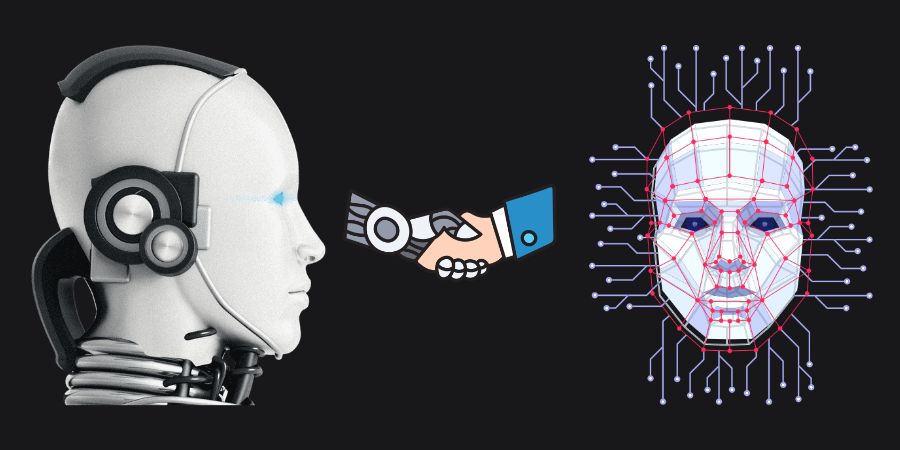
Setting Up a Robotics Programming Environment
Setting up the right programming environment should be any beginner’s first focus. You need to take care of the operating system that you will be working on based on the frameworks, libraries, and functions it provides to facilitate the development of a robot. Afterward, you’ll need to get the right drivers, hardware, and peripherals as per the aim of your project.

1. Choosing an Operating System and Software Tools
When going for robotics, choosing the right OS and tools set the foundation for your entire project. Linux is one of the top choices among the operating system for robotics as it’s open source, permits flexible development, and has superior software tools for robot development. The ROS (Robot Operating System) provided by Linux presents an excellent framework to build robot software.
Similarly, the Windows OS is also a great choice for robot developers that presents IDEs (integrated Development Environments) like PyCharm and Visual Studio Code that provide a suite of advanced features, easy development, and debugging capabilities.
The Windows OS is also very user-friendly and flexible because of its high compatibility with a variety of programming languages.
2. Installing Necessary Libraries and Drivers
Now that you’re all set with the right OS and software tools, you need to start installing the necessary libraries and drivers. They allow the smooth functioning of the hardware and software that you’re going to use for developing your robot.
Suppose you select ROS, you need to install various libraries like rospy, roscpp, and roslaunch. For simulating smooth communication between the robot’s system and yours, you need to install drivers to control hardware components such as sensors, actuators, etc.
Before installing them, ensure their current version’s compatibility with the respective software tools and hardware.
3. Configuring hardware and peripherals
As much as selecting the right development tools is necessary to start building your robot, you need to take extra care while configuring the hardware accordingly to ensure your robot functions as it’s supposed to. For eg, you will need to code your program using Python to use Raspberry Pi and C to code an Arduino microprocessor.
You need to configure the sensors, actuators, communication interfaces, and other mechanical components of your robots according to the project’s need and the kind of hardware that it will require.
For a simple functioning robot, you can easily use Arduino microprocessors with their special feature of analog to digital conversion.
If you’re using Raspberry Pi to build the control unit of your robot, it allows you to connect a monitor, mouse, and keyboard while running on Linux (you can also install ROS). You would also need to work on network configurations for the information-sharing and communication needs of the robot.
Learn Robotic Process Automation with UiPATH Certification!
Learning the Basics of Robotics Programming
Now that you have all the things you need for developing a robot in place. Let’s get down to the programming part.
You need to understand the basic structure and its functioning as a collection of hardware, software, and other components. Then, you’ll need to learn all about the required programming language for robots and get to practice as much as you can.
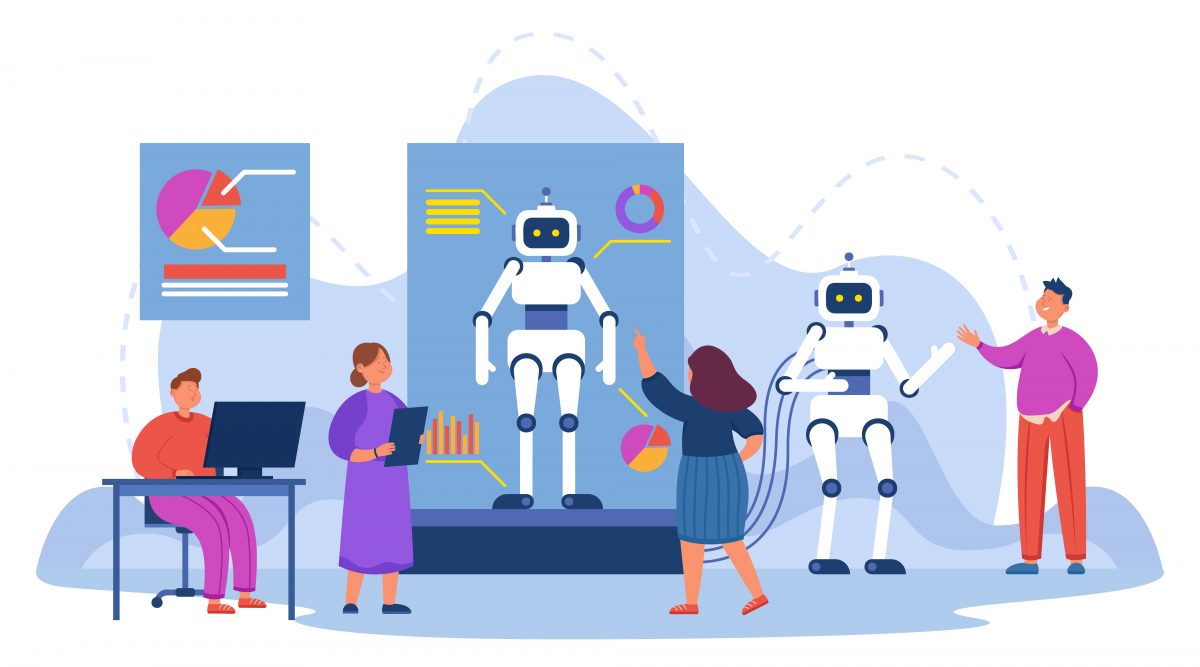
1. Understanding robotic systems and architectures
Before you start programming your first robot project, you need to familiarize yourself with the fundamental architecture and various systems of a robot. You need to understand the functions of basic components like actuators, sensors, communication interfaces, and controllers.
For developing effective robot systems, you should also know about different architectures like hierarchical, behavior-based, and hybrid. The combination of both these elements is essential in helping you select the scale, type, and aim of the project.
2. Familiarizing with programming concepts and syntax
Now that you’ve understood the anatomy of a robot, we can start with the programming needs. You need to choose a robot programming language that supports your project requirements.
Then, you need to learn about the features, syntax, libraries, functions, loops, variables, operators, data types and conditional statements, etc. along with the object-oriented programming concepts.
Various online resources, courses, tutorials, and communities can help you learn and ace the programming languages used in robotics.
3. Practicing with sample projects and exercises
Once you’re through with learning programming for robots, all you need is practice and polishing. Mastering robotics isn’t a short process but it can be easily mastered using continuous practice, building sample projects, and consistent learning.
You can build your problem-solving and programming skills through various open-source sample projects and courses available online.
For example, you can take up an obstacle avoidance or line-following robot project to execute your primary knowledge of various components and concepts of programming for robots.
Additionally, exercises like implementing a PID controller or developing a neural network for robotics can further help you get a grasp of advanced robotics concepts.
To Conclude
Finally, the best robot programming language is the one that fulfills your purpose of creating the robot. It’s important to weigh the pros and cons of each language minutely before starting a project.
If you’re a beginner, you have the entire robotics community to help you achieve expertise in building robots. You can experiment with various programming languages like C, C++, Java, Python, etc. with a combination of operating systems, hardware, software tools, etc. to figure out what’s best for you.
Start with understanding the architecture, components, parts, and their functions. Advance to the programming part and set up the environment, choose the OS, software, and configurations.
When you’re all set. Just practice and explore! As a beginner, you can take help from a lot of online courses in robotics with certification and projects, or refer to video tutorials and online study material available to help you learn the nitty-gritty of the robotics field.
FAQs
-
There are numerous programming languages used for robotics which include C++, C#, C, JAVA, Python, LISP, Pascal, and MATLAB. Each language has its own uses and allows developers to define different functions of the robot, according to its designated use.
-
C++ and C# is regarded as the best programming language for robotics according to the developer community and robotics experts.
-
Here are a few initial or basic steps to learn robotics:
>> Learn any basic robot programming language like Python or C++ and master OOP concepts.
>> Understand and start coding some basic electronics, circuits, and electronic actions.
>> Explore the fundamental architectures of some native, small-level machines or electronics and try implementing them after understanding.
>> Learn how to architect a robot and explore CAD
>> Learn about microcontrollers like Arduino and the ways to program them.
>> Get familiar with circuit building and embedded systems.
>> Get the tools required or take a robotics class and start with robotics! -
Learning robotics is easier than perceived if you have the required background or knowledge of electrical engineering, mechanical engineering, mathematics, and computer science among others. You just need to have patience, determination, and focus to learn robotics from scratch with the necessary prerequisite knowledge.
You can start with simple robots that perform basic functions and then move up the ladder to work on more advanced robots as you gain proficiency and confidence.
Moreover, the robotics community online is pretty vast and eager to help budding learners. You can get access to many online courses, learning resources, and tutorials on the internet to further help with your journey.
-
When choosing the best programming language for your robotics project, consider the hardware and software requirements of the project, the availability of libraries and frameworks, and the programmer’s familiarity with the language.
C++ provides better control and performance. Python is popular for simple syntax and machine learning applications. Java offers cross-platform compatibility. Ultimately, the choice of programming language depends on the specific needs of the project and the programmer’s expertise.






















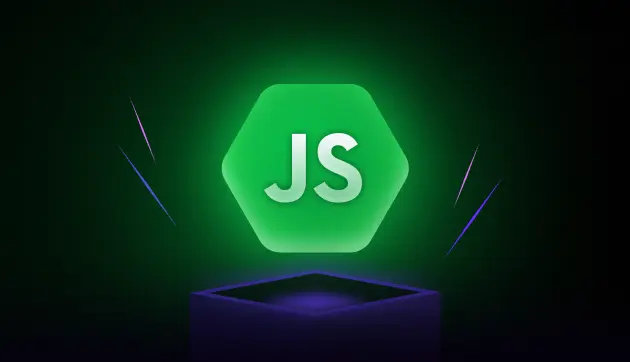
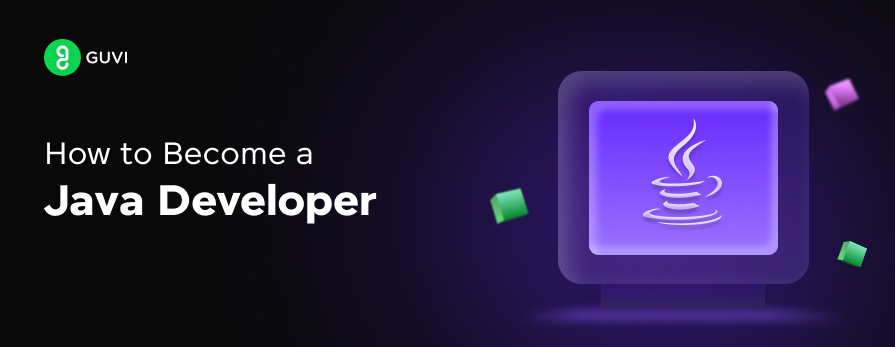
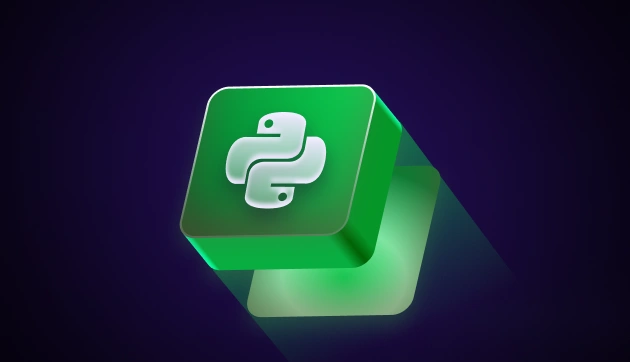
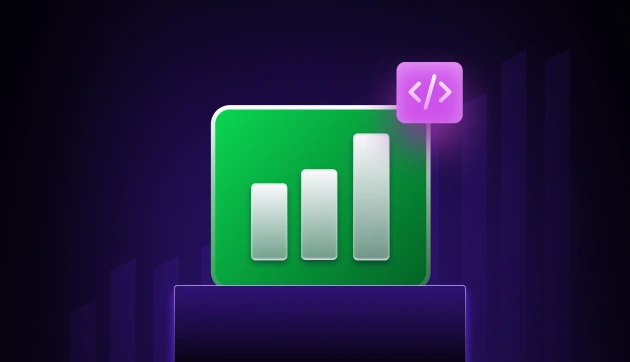

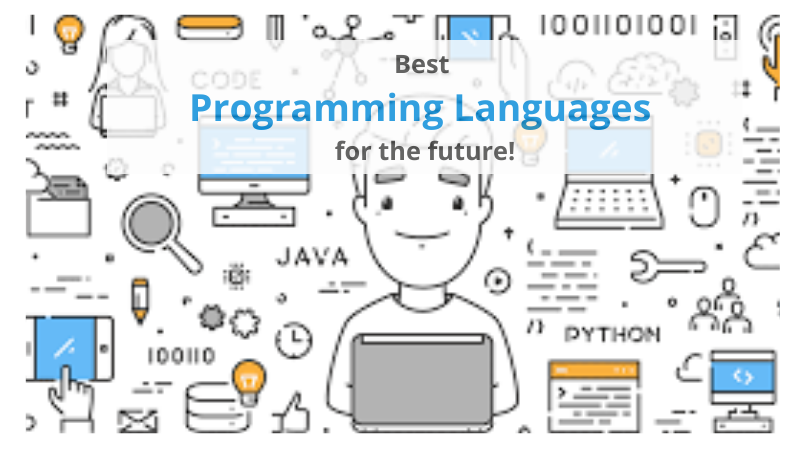



Did you enjoy this article?